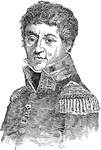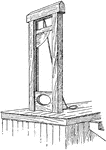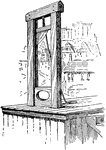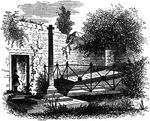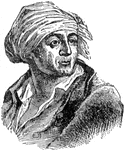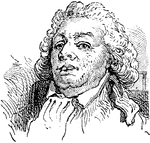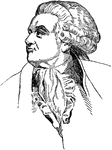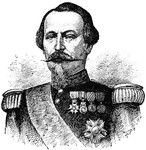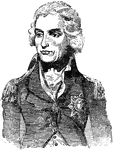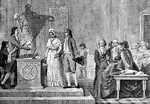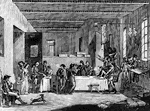Clipart tagged: ‘French Revolution’
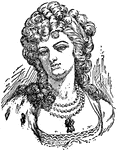
Marie Antoinette
(1755-1793) Archduchess of Austria and queen of France and Navarre, married to Louis XVI.

Marie Antoinette
The Queen of France from 1774 to 1792. She was executed by guillotine in 1793 at the height of the French…

Bastile
"The taking of the Bastile, July 14, 1789. The Parisian mob, not satisfied with the formation of the…

Bastile Key
"Key of the Bastile. This key of the old Paris prison known as the Bastile, was sent by La Fayette to…
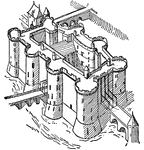
Bastille
The Bastille, a fortress-prison in Paris remembered by the storming of the Bastille in the French Revolution.
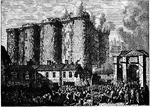
Storming of the Bastille
The storming of a medieval fortress and prison in Paris by revolutionaries, which represented royal…
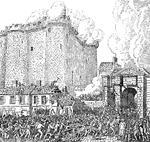
The Storming of the Bastille
The flashpoint of the French Revolution, where the prisoners of the Bastille were released by revolutionaries.
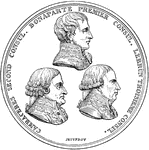
The Three Consuls
Three officials who were given supreme executive powers under the new French constitution of 1799.
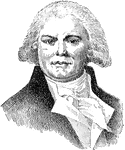
Danton
A leading figure in the French Revolution, as well as the first President of the Committee of Public…

Georges Danton
A leading figure of the French Revolution, as well as the first President of the Committee of Public…
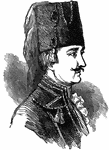
Armand Louis de Goutant Lauzun
Armand Louis de Gontaut, Duc de Lauzun, later duc de Biron, (April 13, 1747 – December 31, 1793)…
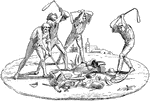
The Destruction of Feudalism
"A contemporary cartoon representing the French people hammering to pieces with their flails all the…
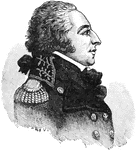
Edmond Charles Genest
Edmond-Charles Genêt (January 8, 1763 - July 14, 1834), also known as Citizen Genêt, was…
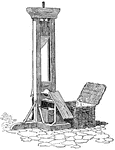
Guillotine
"The guillotine was used during the Reign of Terror of the French Revolution. Now that the power of…
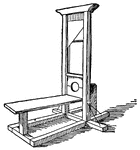
Guillotine
The guillotine was a decapitating execution device invented by Joseph-Ignace Guillotin, remembered for…
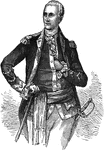
General Lafayette
Lafayette was a general in the American Revolutionary War and a leader of the Garde Nationale during…

Lafayette
A French military officer who led the Garde Nationale during the French Revolution, as well as fought…
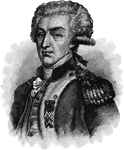
Lafayette in 1777
Lafayette was a general in the American Revolutionary War and a leader of the Garde Nationale during…
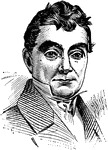
Marquis of Lafayette
A French military officer who served as a general in the American Revolutionary War, as well as the…

The Lion of Lucerne
"It represents a dying lion, which, pierced by a lance, still guards with its paw the Bourbon lilies.…

Napoleon
"France under Napoleon. The consulate was the form of government established after the overthrow of…

Notre Dame
"The present structure, begun in 1163 and completed about 1240, suffered severely during the French…
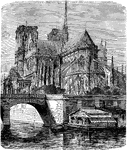
Notre Dame Cathedral
An illustration of Notre Dame Cathedral in Paris, France. This building is also known as Notre Dame…

Costumes of the Orders
"The cleric wars a robe and ornamented mantle; the noble, a suit of black silk and a cap adorned with…
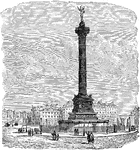
Place de la Bastille
An illustration of the Place de la Bastille which is a square in Paris where the Bastille Prison once…
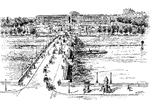
Place de la Concorde
An illustration of the Place de la Concorde in Paris, France. It is the largest square in the French…
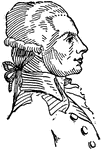
Robespierre
Maximillien Francois Marie Isidore de Robespierre (1758-1794) Well-known figure of the French Revolution…

Robespierre
An influential figure in the Committee of Public Safety of France and was instrumental in the period…
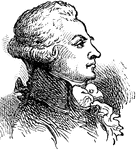
Maximilien Robespierre
Maximilien François Marie Isidore de Robespierre (6 May 1758 – 28 July 1794) is one of…

The Session of August 4
Members of the Assembly gathered together on the night of August 4th, 1789, and drew up the Declaration…

Trafalgar Monument
"Trafalgar Monument, Battle of Trafalgar (1805). During the early part of the Napoleonic wars, England's…
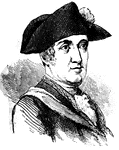
Jean Baptiste Donatien de Vimeur, Count De Rochambeau
(1725-1807) In charge of the French army that joined the Continental Army and fought in the American…

